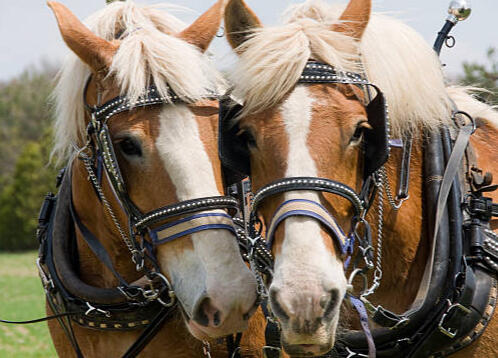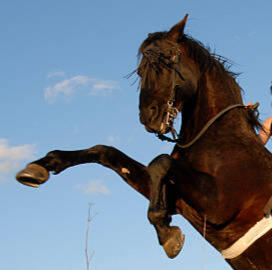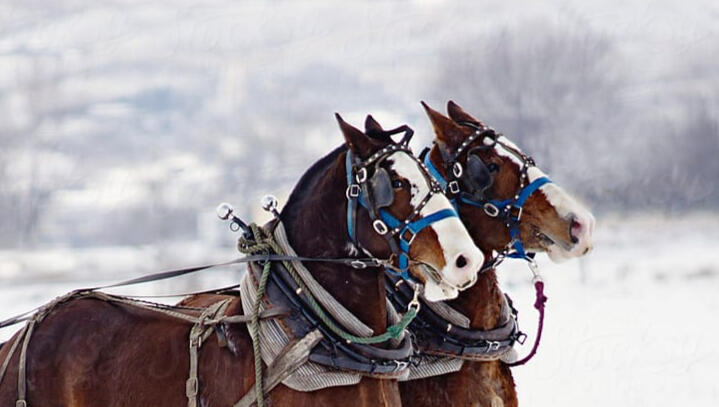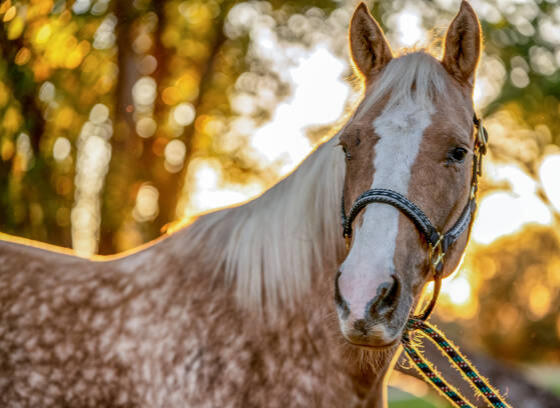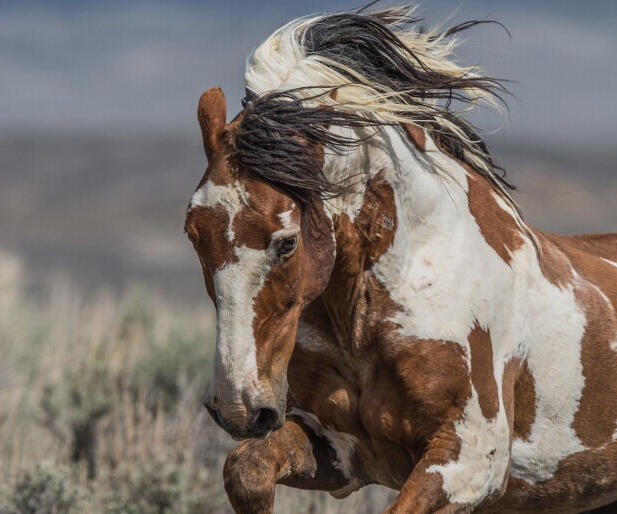The Design Behind
Horseshoes
Horseshoes were invented in 400 B.C starting with woven plants.
Today's horseshoes are much stronger.
But what changes has the horseshoe gone through?
Why was it made in such a way?
What is the luck behind it and what purpose does it serve?
The horseshoe's original design was made out of woven plants. It was made to protect the horse from having their hooves receive unnecessary damage from the ground.The horseshoe is nailed into the bottom of the hoof, where both the nail and the shoe is made from steel, although racing horses wear aluminum shoes, however, since the aluminum is lighter than the steel.Horseshoes by the 1,000s A.D were made out of Bronze, and by the 1200's they instead were made from Iron.Steel is used more because of it's availability, and aluminum is used for its light-weight properties.The horseshoe, although the origins are not exactly clear, may be seen as lucky because of its crescent shape.People thought that it's shape represented various moon goddesses, and that those goddess' would protect them from evil spirits.In the past when it was Oxen that were the labor animals, they were to wear shoes too! The metallic shoes were made in two slivers, one to be put onto each toe hoof.Today, horseshoes are made in the crescent shape to cover the edge of the hoof. It does not finish the circle to avoid attaching to the frog of the hoof, an area in a v shape where the digital cushion is, which is what absorbs and redistributes shock to the hooves.
